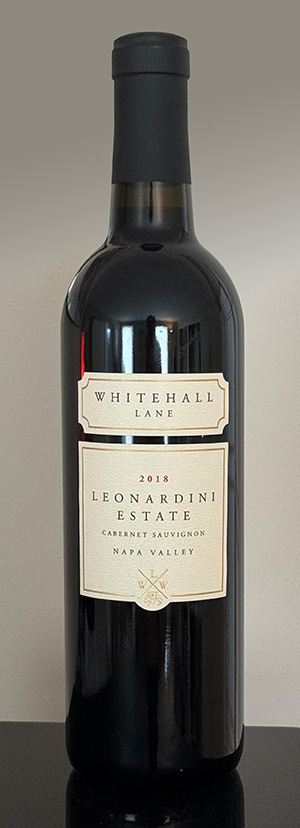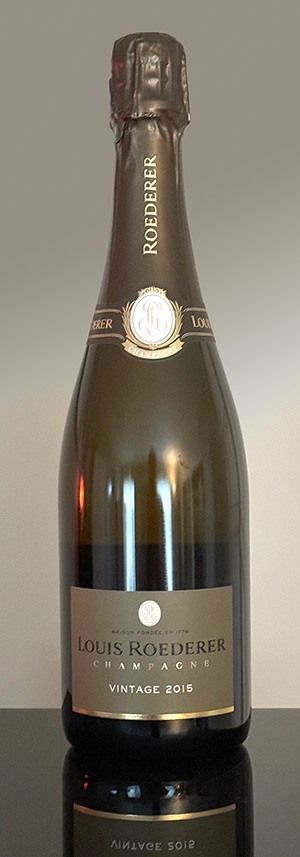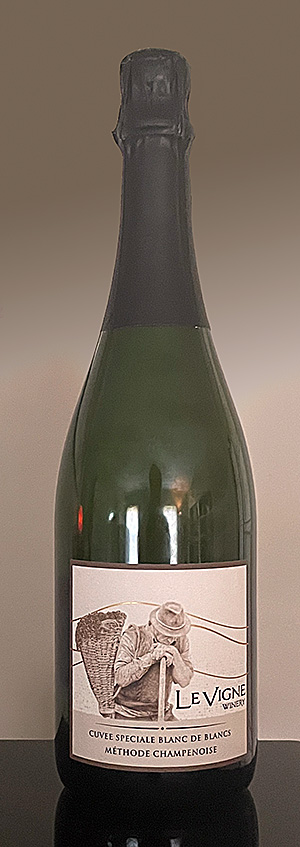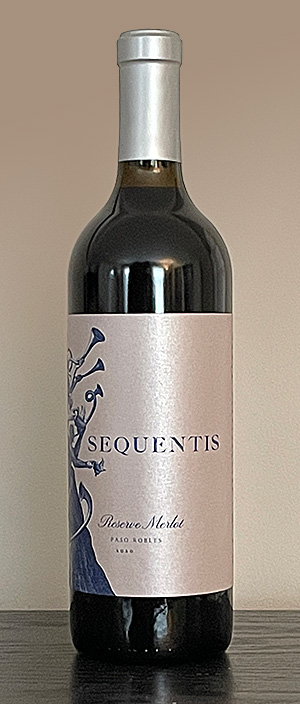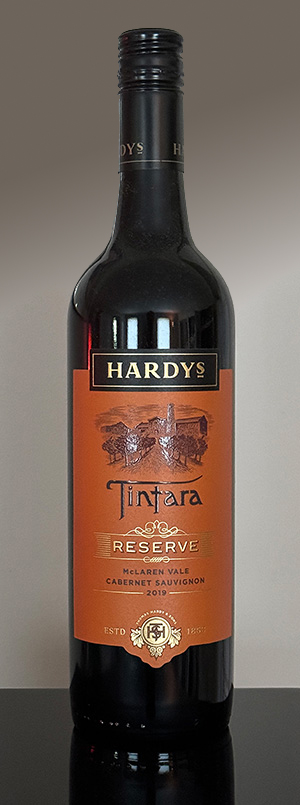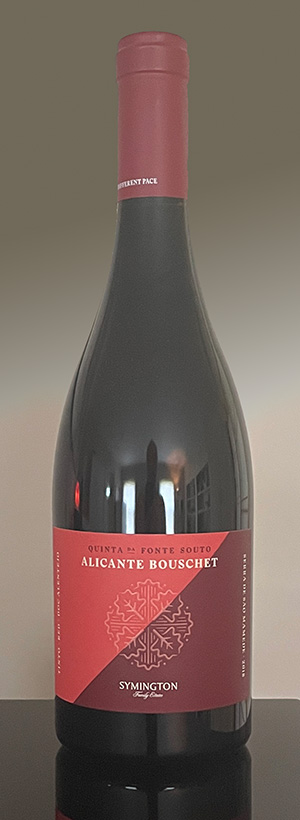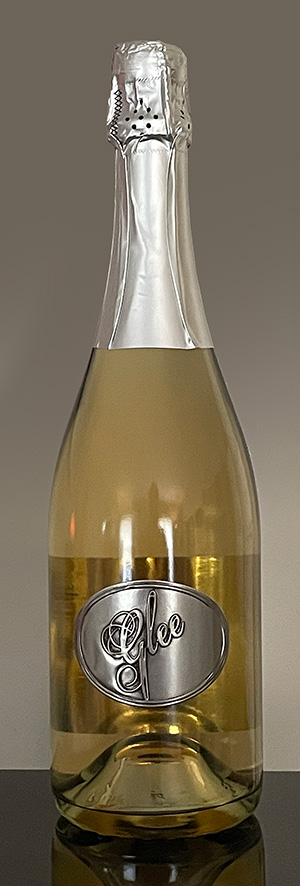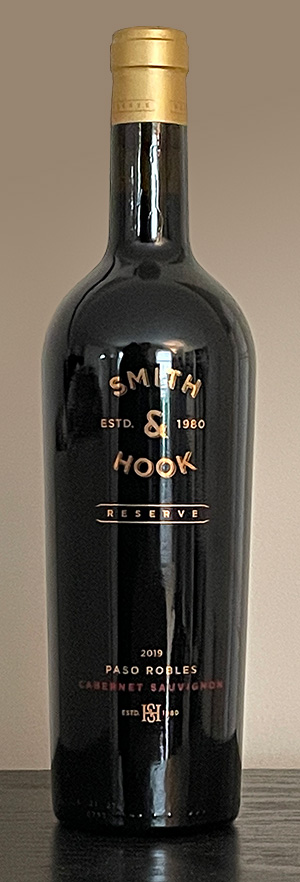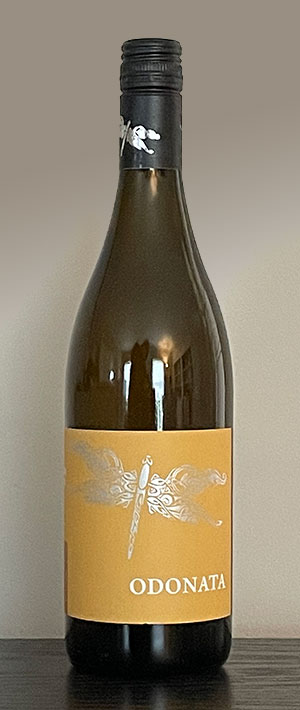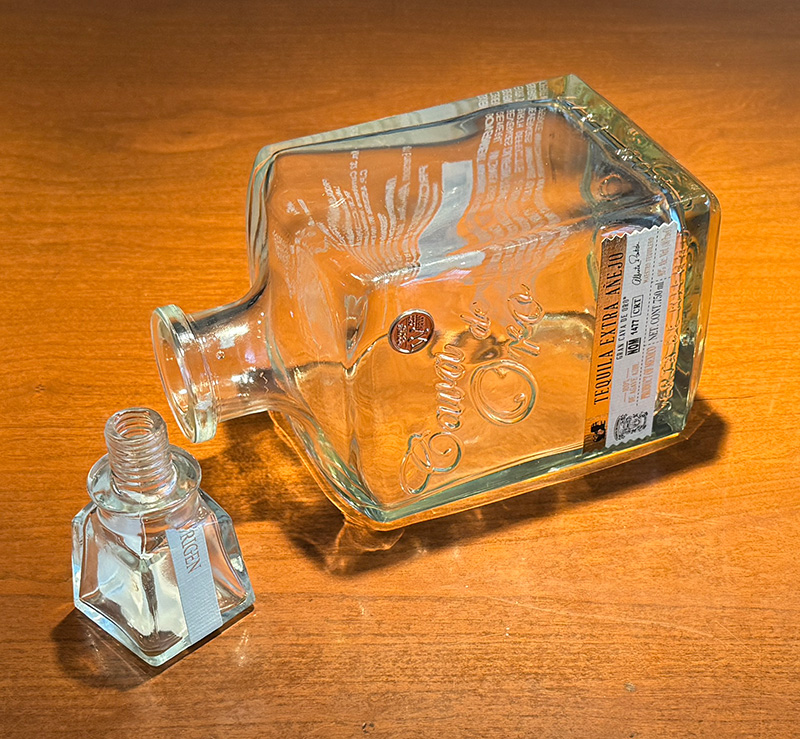
Cava de Oro Tequila Extra Anejo
Cava de Oro is a tequila brand produced in Jalisco, Mexico at a facility historically known as Tequilera Puerta de Hierro (NOM 1477), near the town of El Arenal, Jalisco. The brand traces back to founders Gildardo Partida Meléndez and Leticia Hermosillo Ravelero, who began working in the agave fields in the early 1990s — planting, harvesting, cultivating and marketing blue agave (specifically the 100 % Blue Weber agave used for tequila). Over time, the facility expanded, first installing an “alembic” (still), then packaging equipment, and eventually launching the Cava de Oro brand.
Today, Cava de Oro markets itself as a “craft / artisanal” tequila producer. They grow their own agave, harvest “estate-grown” blue Weber agave, and control the process from field to bottle.
You could spend $100 on this incredibly sweet Cava de Oro Extra Anejo Tequila. Or, you could buy a bottle of agave syrup for $5 and a mid-range Blanco tequila for $20, mix them, and get basically the same result. I got through the bottle by making Millionaire’s Margaritas, which were actually pretty tasty.
Millionaire’s Margarita
3 oz. absurdly sweet and expensive tequila, such as Cava de Oro Extra Anejo or Clase Azul Reposado
1 oz. Grand Marnier
2 oz. Rose’s Lime Juice
Serve over ice in glass with salted rim (or even sugar if you really have a sweet tooth.).
Cost for a single margarita: For the Cava de Oro: $15 at home, $45 in a bar (at least). For the Clase Azul, $23 at home, $70 in a bar.
Back to blog posts: winervana.com/blog/



